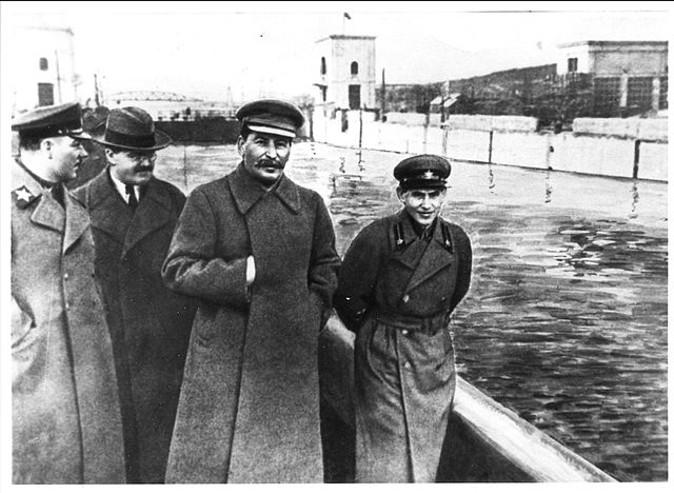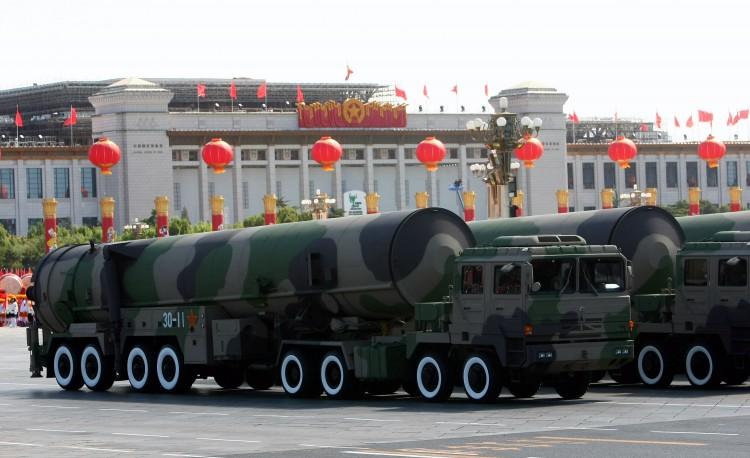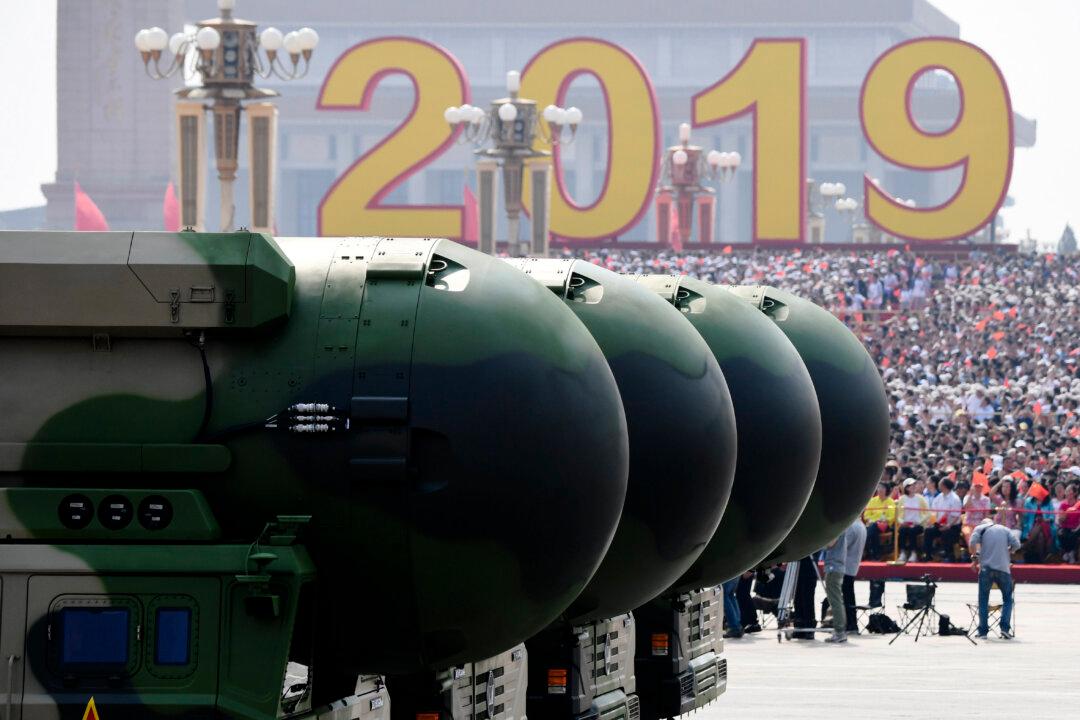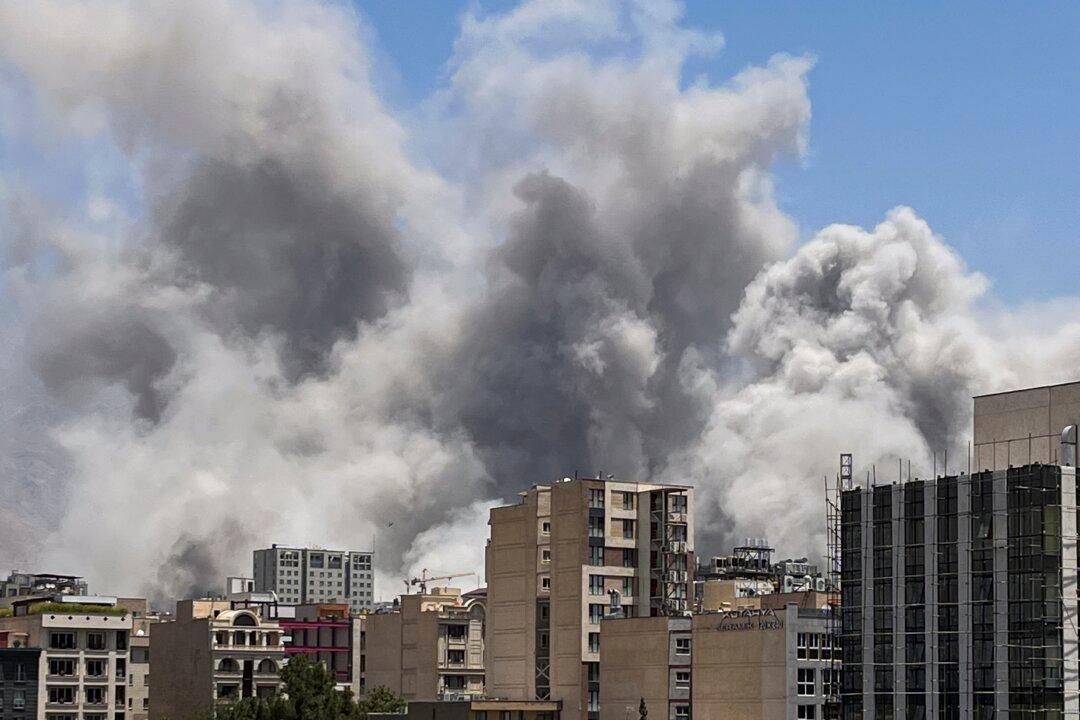In 1906, a 27-year-old Joseph Stalin went to church and married a beautiful woman named Kato Svanidze, whom he had met two years earlier. According to those familiar to the couple, their relationship was a happy one that brought out a soft and loving side in the future Soviet dictator. To Stalin’s further delight, a son was soon born.
Tragedy struck the next year. Kato came down with typhus and succumbed that winter. Stalin was so grieved that he threw himself in her grave at her funeral service. Fearing what he might do to himself, his associates confiscated his gun.




